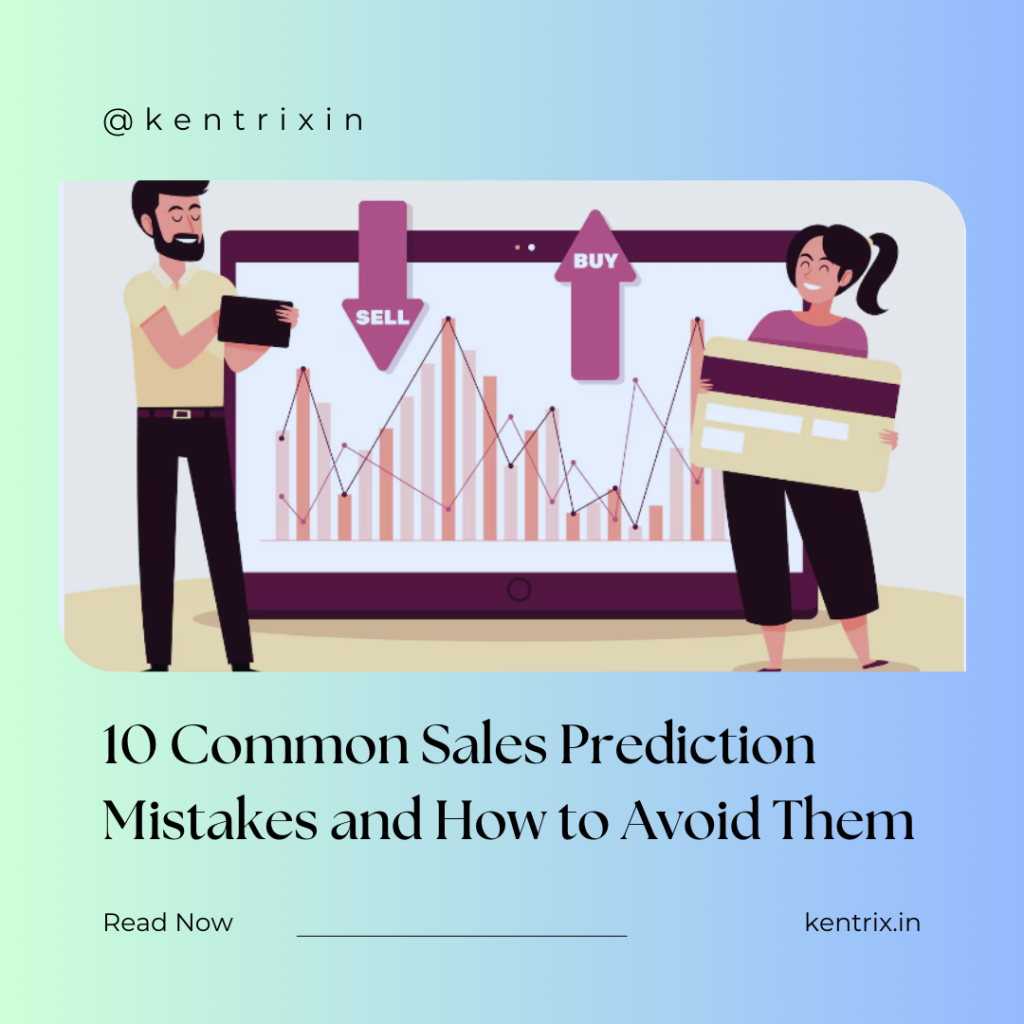In today’s data-driven business environment, sales prediction is more critical than ever. Accurate forecasts can provide companies with a competitive edge, enabling them to allocate resources more effectively, manage supply chains, and make informed strategic decisions. However, sales prediction is fraught with challenges, and even small errors can lead to significant consequences. In this article, we explore the ten most common mistakes in sales prediction and provide actionable insights on how to avoid them.

1. Over-Reliance on Historical Data
While historical data is a valuable asset in sales prediction, relying solely on it can be misleading. Markets are dynamic, and past trends do not always predict future behavior. Companies must integrate real-time data and consider external factors such as economic shifts, changes in consumer behavior, and industry disruptions to enhance the accuracy of their forecasts.
2. Ignoring Market Conditions
Market conditions play a pivotal role in shaping sales outcomes. Failing to account for changes in the competitive landscape, regulatory shifts, or macroeconomic factors can lead to inaccurate predictions. Regularly updating prediction models to reflect the current market conditions is crucial for maintaining the relevance and accuracy of sales forecasts.
3. Poor Data Quality
One of the most significant challenges in sales prediction is the use of poor-quality data. Inaccurate, incomplete, or outdated data can skew results and lead to misguided decisions. To mitigate this risk, companies should implement robust data governance practices, including regular data cleansing, validation, and the use of reliable data sources.
4. Lack of Collaboration Between Departments
Sales prediction is not solely the responsibility of the sales team. Effective forecasting requires input from various departments, including marketing, finance, and operations. A lack of collaboration can result in siloed data and incomplete insights. Cross-functional teams should work together to share knowledge and data, ensuring a holistic view of the factors influencing sales performance.
Also Read: Sales Prediction for Small Businesses: Tips and Tricks
5. Underestimating the Impact of Seasonality
Seasonality is a critical factor in many industries, yet it is often overlooked in sales predictions. Failing to account for seasonal fluctuations can lead to inaccurate forecasts and misaligned resources. Companies should analyze historical sales data with a focus on seasonal patterns and adjust their predictions accordingly.
6. Inadequate Use of Predictive Analytics Tools
Predictive analytics tools have revolutionized sales forecasting, offering advanced algorithms and machine learning capabilities to enhance prediction accuracy. However, many companies fail to fully leverage these tools, either due to a lack of understanding or insufficient training. Investing in the right tools and training staff to use them effectively can significantly improve sales predictions.

7. Overcomplicating the Prediction Model
While complex models may seem more accurate, they can often lead to confusion and misinterpretation of results. Overcomplicating the prediction model with too many variables or advanced techniques can make it difficult to understand and act upon the insights generated. It is essential to strike a balance between model complexity and usability, focusing on the most relevant factors and ensuring that the model is accessible to all stakeholders.
8. Failing to Adjust for Uncertainty
No prediction model is perfect, and uncertainty is an inherent part of any forecast. However, many companies fail to account for this uncertainty in their predictions, leading to overconfidence in the results. To address this, companies should incorporate scenario planning and sensitivity analysis into their forecasting process, allowing them to prepare for a range of potential outcomes.
9. Inconsistent Forecasting Methods
Consistency in forecasting methods is key to ensuring reliable predictions. Using different models or methods across departments or over time can result in inconsistent forecasts, making it difficult to track performance and identify trends. Companies should establish standardized forecasting procedures and ensure that all relevant teams are aligned in their approach.
10. Neglecting Post-Forecast Analysis
Once a sales prediction has been made, the work is not over. Neglecting post-forecast analysis is a common mistake that can prevent companies from learning from their predictions and improving future forecasts. Regularly reviewing forecast accuracy, analyzing discrepancies, and incorporating lessons learned into the next forecasting cycle are essential steps in refining the prediction process.
Also Read: Top 10 Secrets to Understanding Purchase Behavior
Conclusion
Accurate sales prediction is both an art and a science, requiring a careful balance of data analysis, market understanding, and strategic thinking. By avoiding these common mistakes, companies can improve the reliability of their forecasts and make better-informed decisions that drive growth and success.


